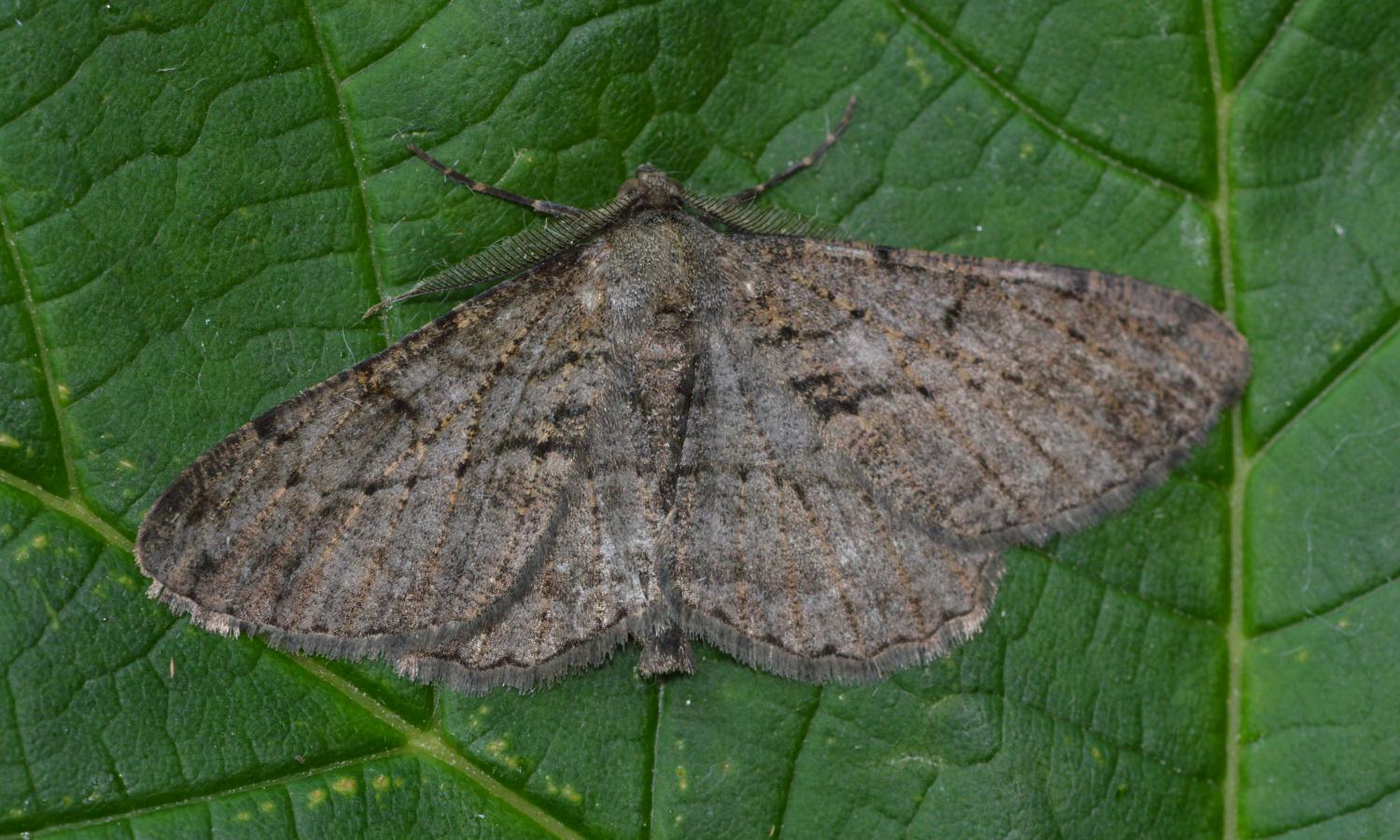One of several similar species but one of the most widespread and numerous. The typical forms are brownish with a central cross-line on the forewing which is fine and strongly kinked near the leading edge. On the underside, the forewings have a distinctive pale square patch at the tip. There is also a greyish form f. perfumaria and an almost black melanic form f. rebeli.
The adults can be found by day at rest on tree trunks. At night they feed on flowers such as Creeping Thistle and Ragwort and are readily attracted to light.
Size and Family
- Family – Thorns, beauties, umbers and allies (Geometridae)
- Medium Sized
- Wingspan Range – 34-48mm
Conservation status
- UK BAP: Not listed
- Common
Caterpillar Food Plants
A wide range of broadleaved trees, shrubs and climbers including Hawthorn (Crataegus monogyna), Garden Privet (Ligustrum ovalifolium), birches, Alder Buckthorn (Frangula alnus), Honeysuckle (Lonicera periclymenum), Traveller’s-joy (Clematis vitalba) and Ivy (Hedera helix). Also on conifers including Yew (Taxus baccata), Scot’s Pine (Pinus sylvestris), Norway Spruce (Picea abies) and Monterey Cypress (Cupressus macrocarpa).
Habitat
Woodland, scrub, hedgerows, parks, gardens and urban areas where the foodplants grow.
Distribution
- Countries – England, Wales, Scotland and Ireland
- Common and well distributed throughout most of England, Wales, Ireland, the Channel Islands and much of lowland Scotland. Local and infrequent on the Isle of Man.
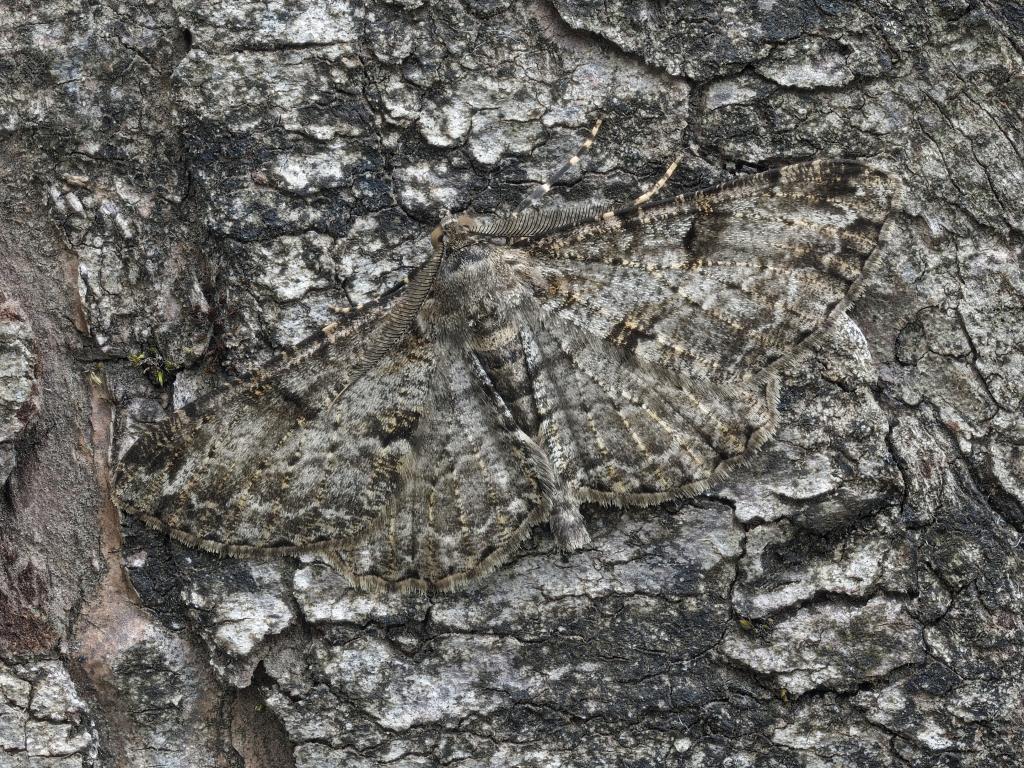
Willow Beauty - Clive Jones
Willow Beauty
Clive Jones
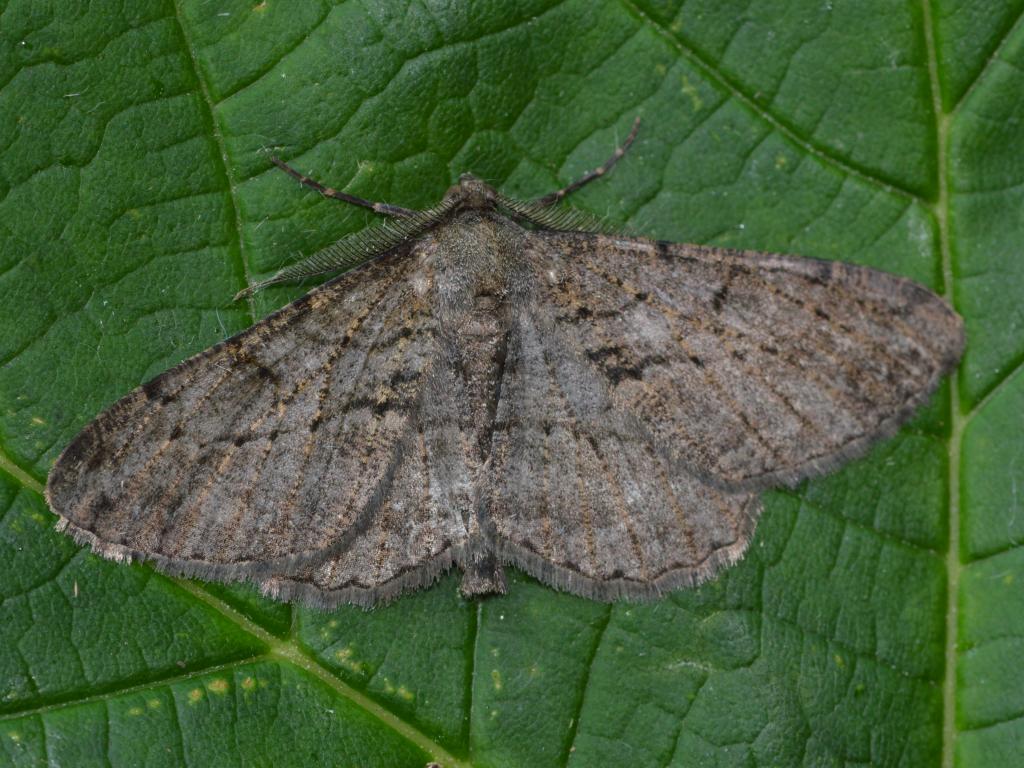
Willow Beauty - Lez Round
Willow Beauty
Lez Round
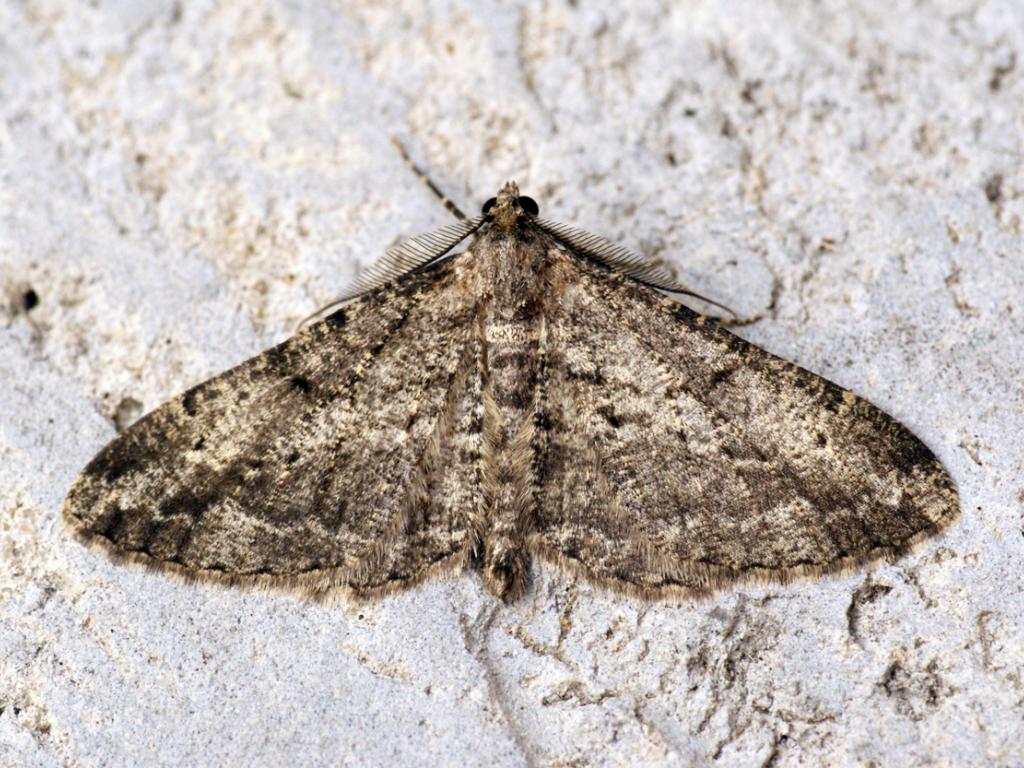
Willow Beauty - Ben Sale
Willow Beauty
Ben Sale
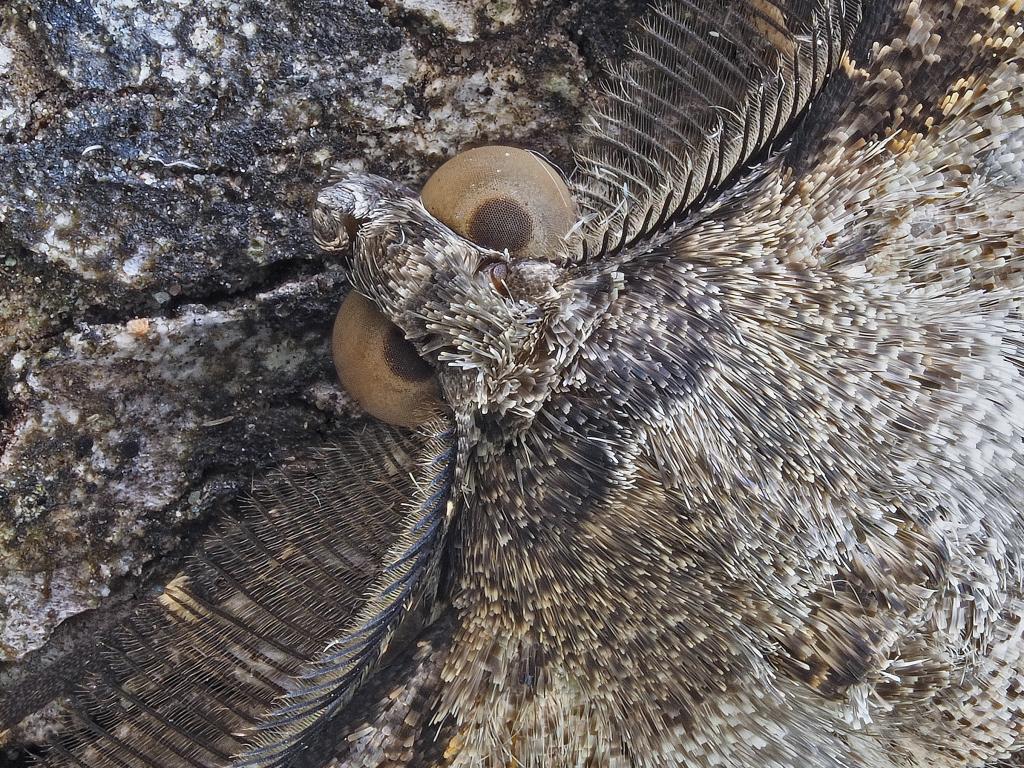
Willow Beauty - Clive Jones
Willow Beauty
Clive Jones
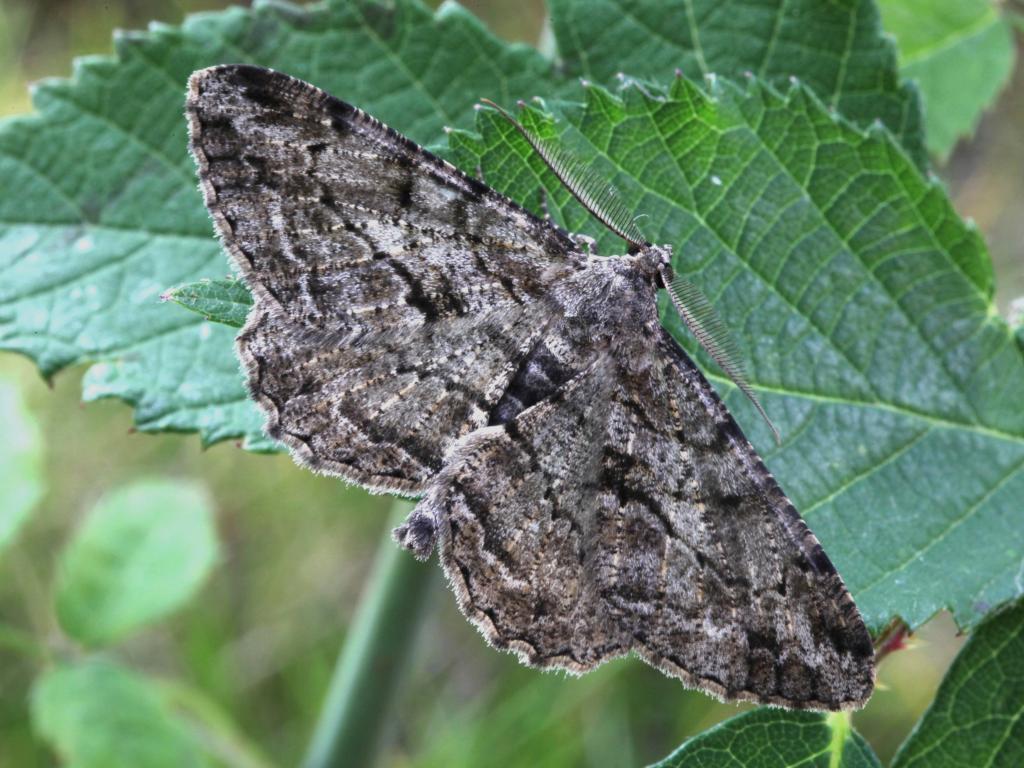
Willow Beauty - Garry Barlow
Willow Beauty
Garry Barlow
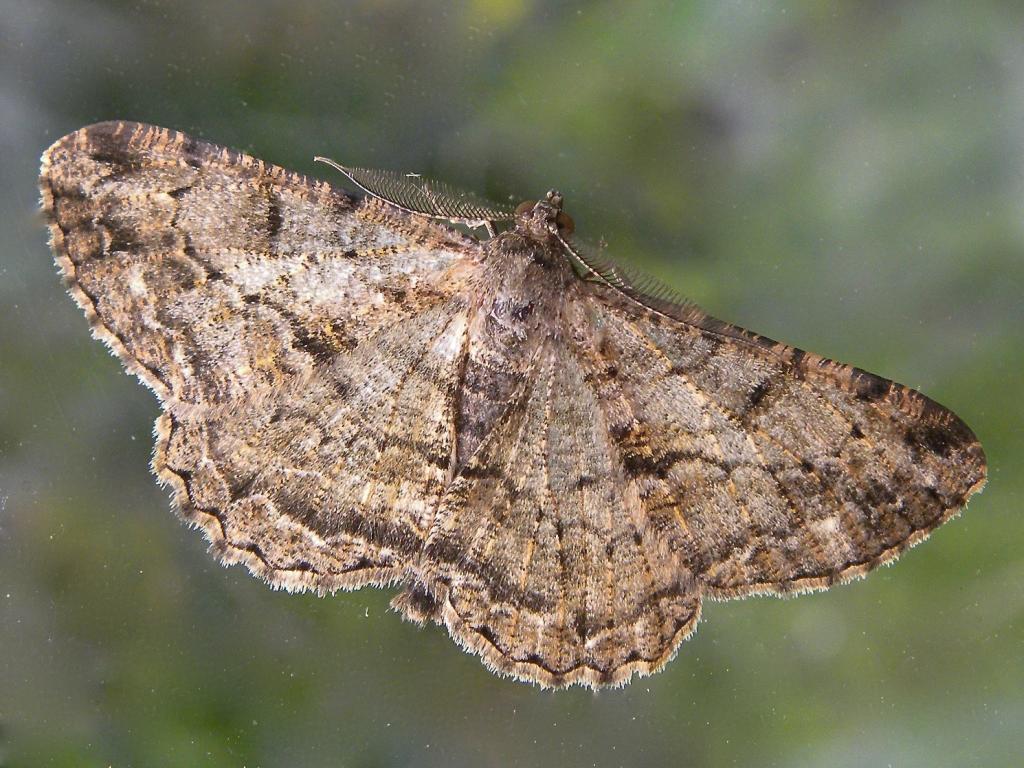
Willow Beauty - Sue Davies
Willow Beauty
Sue Davies
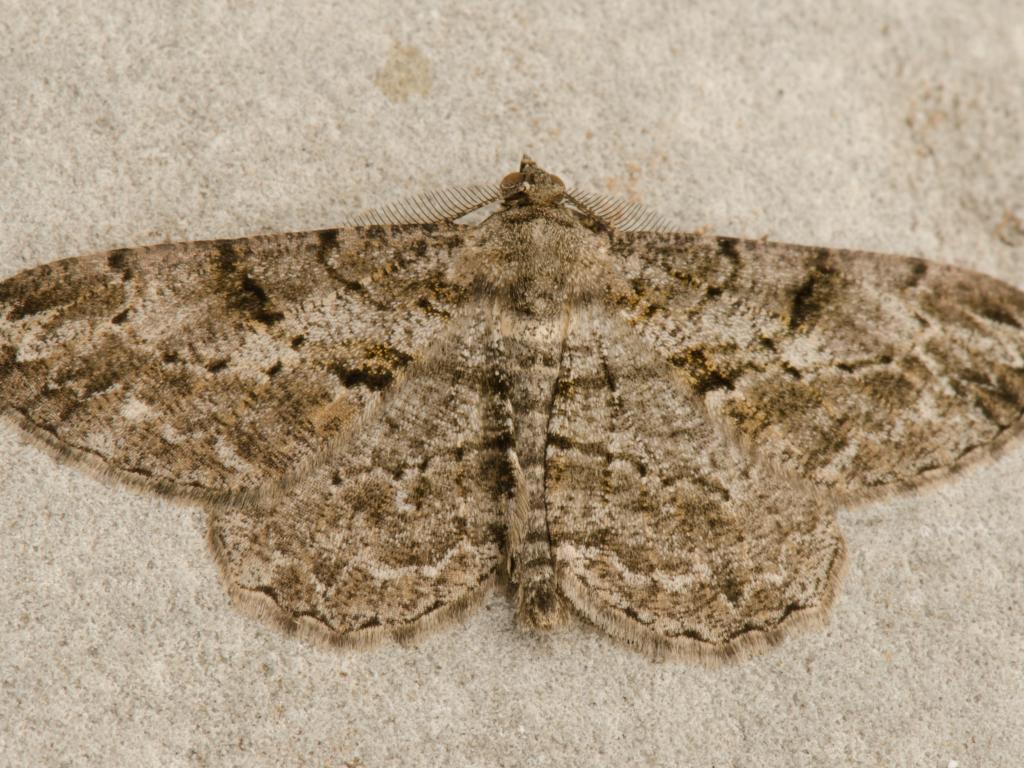
Willow Beauty - Koen Thonissen
Willow Beauty
Koen Thonissen
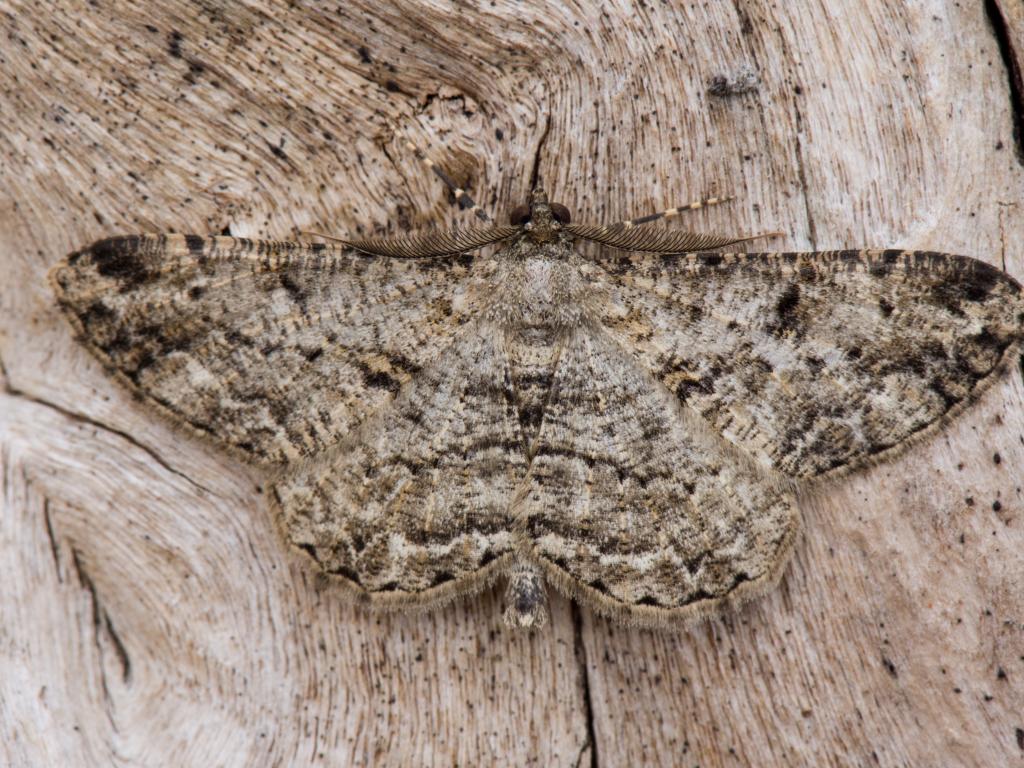
Willow Beauty - Koen Thonissen
Willow Beauty
Koen Thonissen
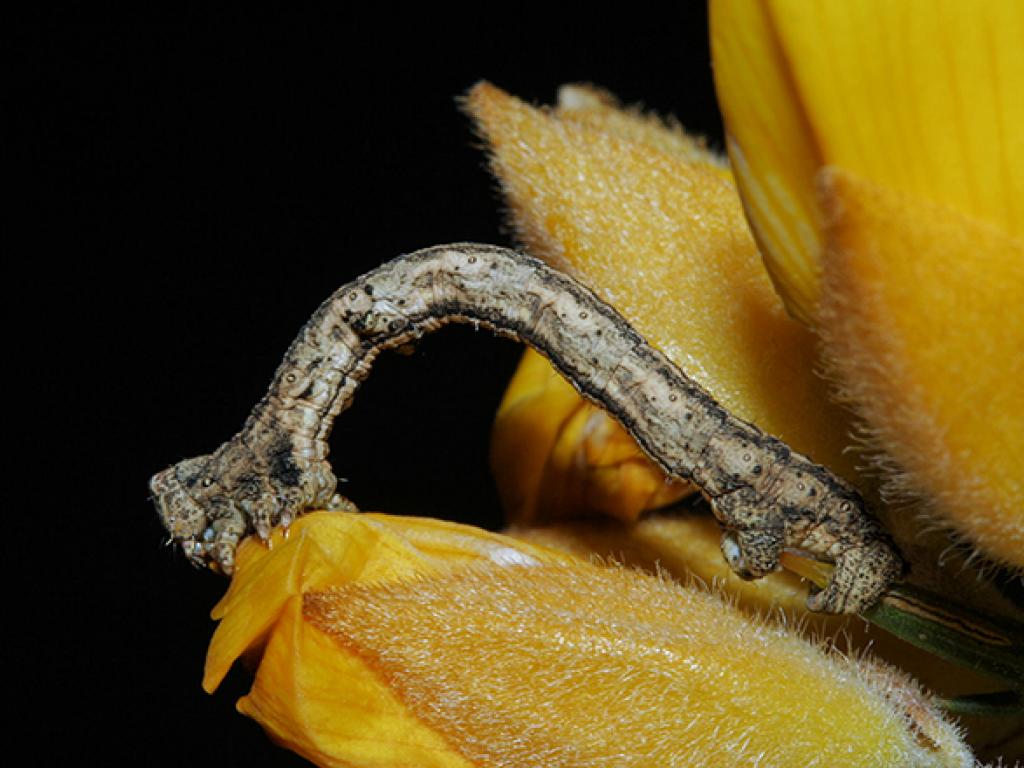
Willow Beauty (caterpillar)
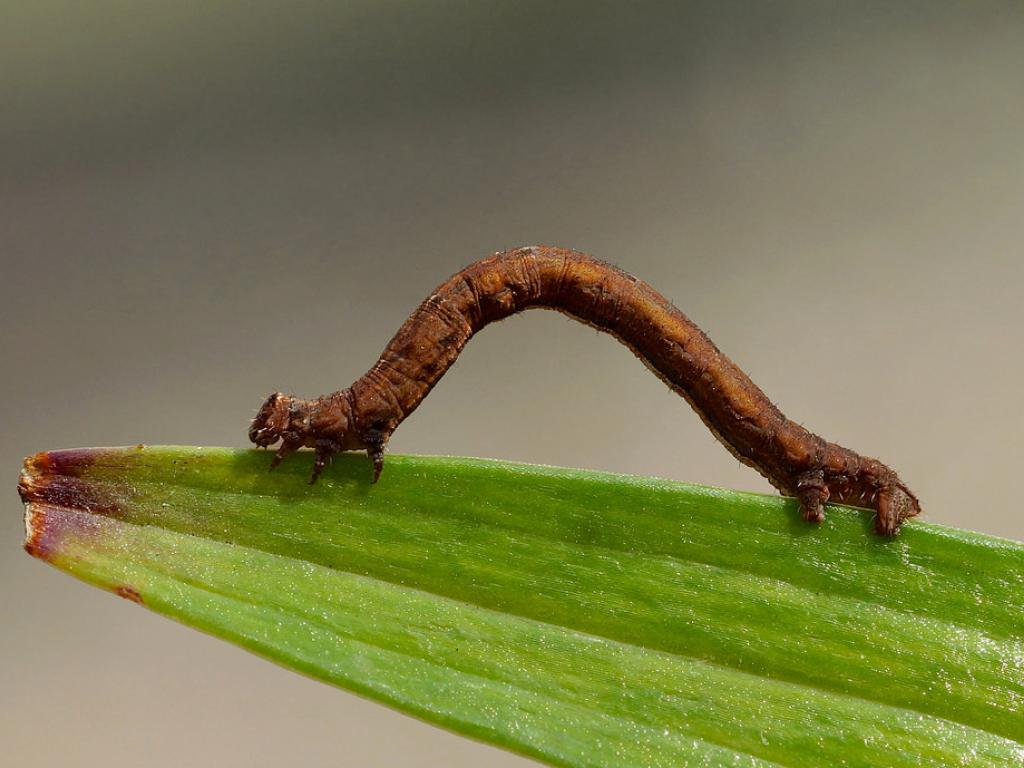
Willow Beauty (caterpillar) - Paul Davis
Willow Beauty (caterpillar)
Paul Davis

